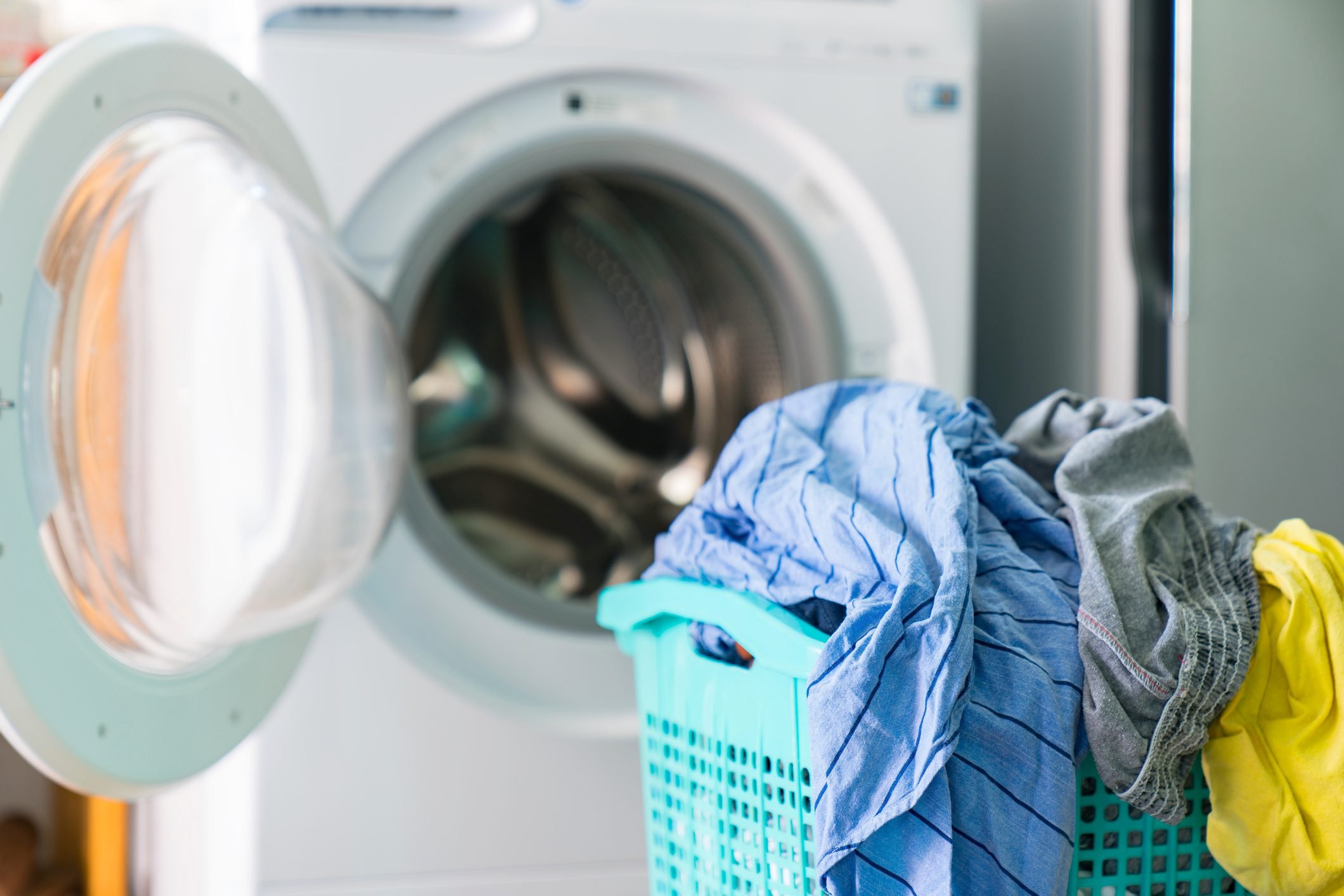

Articles
Why Is The Dryer Not Drying
Modified: August 28, 2024
Learn why articles on why the dryer is not drying. Troubleshoot common issues and find solutions to get your dryer working efficiently again.
(Many of the links in this article redirect to a specific reviewed product. Your purchase of these products through affiliate links helps to generate commission for Storables.com, at no extra cost. Learn more)
Introduction
Having a dryer that doesn’t seem to dry your clothes can be frustrating. After spending time and effort loading and running the dryer, only to discover damp or partially dried garments, it’s natural to wonder what could be causing the issue. There can be various reasons why your dryer is not drying properly, ranging from simple maintenance tasks to more complex technical problems.
In this article, we will explore the common causes for a dryer not drying and provide troubleshooting steps to help you identify and resolve the issue. By understanding these potential issues and taking appropriate action, you can get your dryer back to its optimum performance and ensure that your laundry comes out dry and ready to wear.
Key Takeaways:
- Regularly cleaning the lint filter and ensuring proper ventilation can optimize your dryer’s performance and prevent damp clothes. Avoid overloading the dryer and address faulty components promptly for effective drying.
- Troubleshooting steps such as checking for obstructions and testing the thermostat can help identify and resolve drying issues. Seek professional assistance if needed to ensure safe and efficient dryer operation.
Read more: How To Dry Blankets In Dryer
Common Causes for a Dryer Not Drying
When your dryer is not drying properly, there are several common causes that you should consider. Understanding these causes can help you pinpoint the issue and take the necessary steps to fix it.
- Clogged Lint Filter: One of the most common culprits behind a dryer not drying is a clogged lint filter. Over time, lint can accumulate on the filter, restricting the flow of air and preventing proper drying. Cleaning the lint filter regularly can help prevent this issue.
- Blocked Ventilation System: A blocked or clogged ventilation system can hinder the proper airflow in your dryer. This can be caused by lint buildup, debris, or even a bird’s nest in the vent duct. It is essential to inspect and clean the ventilation system to ensure optimal airflow.
- Overloaded Dryer: Overloading the dryer with too many clothes can prevent proper air circulation and result in inefficient drying. It is important to follow the recommended capacity guidelines for your specific dryer model.
- Faulty Heating Element: The heating element in your dryer is responsible for generating the necessary heat to dry your clothes. If the element is defective or damaged, it may not produce enough heat, leading to inadequate drying. A professional technician may need to replace the heating element in this case.
- Defective Thermal Fuse: The thermal fuse is designed to protect the dryer from overheating. If the thermal fuse is blown or defective, it can disrupt the heating process and prevent the dryer from drying effectively. Replacing the thermal fuse may be necessary to resolve the issue.
- damaged Thermostat: The thermostat controls the temperature in the dryer. If it malfunctions or becomes damaged, it can disrupt the drying cycle and cause the dryer to not dry properly. A faulty thermostat may need replacement to restore proper functionality.
- Incorrect Settings or Settings Malfunction: It is crucial to ensure that the settings on your dryer are appropriate for the type of fabric and level of drying needed. Incorrect settings or a malfunctioning control panel can result in insufficient drying. Double-check the settings and consider resetting your dryer to its default settings.
- Insufficient Power Supply: Dryers require a sufficient power supply to function optimally. If the power supply is inadequate or there are issues with the electrical connection, the dryer may not generate enough heat to dry your clothes. Contact a qualified electrician to inspect and correct any electrical issues.
By considering these common causes, you can narrow down the potential issues with your dryer and take appropriate action to resolve them. In the next section, we will discuss troubleshooting steps that can help you identify and fix the problem.
Clogged Lint Filter
One of the most common reasons for a dryer not drying clothes properly is a clogged lint filter. When you use your dryer, lint from your clothes accumulates on the lint filter. Over time, this buildup can restrict the airflow and reduce the dryer’s ability to properly dry your clothes.
To check if the lint filter is clogged, simply remove it from the dryer and inspect it. If you notice a thick layer of lint covering the filter, it’s a clear sign that it needs to be cleaned. Cleaning the lint filter is a simple task that should be done after every load or at least once a week, depending on usage.
To clean the lint filter, gently remove the lint by hand or use a soft brush. Avoid using water or any harsh cleaning chemicals, as these can damage the filter. Once the lint is removed, give the filter a quick shake to dislodge any remaining debris.
In addition to regular cleaning, it’s important to periodically deep clean the lint filter. This can be done by rinsing the filter under running water and gently scrubbing it with a mild detergent. Allow the filter to air dry completely before reinserting it into the dryer.
Remember, a clean lint filter allows proper airflow, which is crucial for efficient drying. Neglecting to clean the lint filter can not only result in damp clothes but also pose a fire hazard due to the accumulation of lint.
By regularly cleaning and maintaining your lint filter, you can ensure that your dryer has optimal airflow and effectively dries your clothes. However, if you’ve cleaned the lint filter and your dryer still isn’t drying properly, it’s time to move on to the next troubleshooting step.
Blocked Ventilation System
Another common cause for a dryer not drying clothes effectively is a blocked ventilation system. The ventilation system includes the vent duct, exhaust hood, and any other components responsible for expelling hot and moist air from the dryer to the outside of your home.
If this system becomes blocked or clogged, it restricts the airflow and prevents the moisture from being properly vented out. As a result, your dryer may take longer to dry clothes or not dry them at all.
To check if the ventilation system is blocked, follow these steps:
- Turn off the dryer and unplug it from the power source.
- Disconnect the vent duct from the back of the dryer.
- Inspect the vent duct for any signs of blockage or accumulation of lint and debris.
- Check the exhaust hood outside your home to ensure it is clear from obstructions.
If you notice any blockage, use a vacuum cleaner or a brush specifically designed for cleaning dryer vents to remove the lint and debris. Be thorough in your cleaning to ensure that the ventilation system is clear from any obstructions.
In some cases, the vent duct may be too long or have excessive bends, causing reduced airflow. If this is the case, consider having a professional HVAC technician inspect and reconfigure your vent duct to promote better airflow.
Ensuring proper ventilation is crucial not only for efficient drying but also for preventing potential fire hazards. Clogged or blocked vents can cause a buildup of lint, which is highly flammable.
By regularly checking and cleaning your ventilation system, you can ensure that your dryer has adequate airflow and efficiently dries your clothes. If the dryer still fails to dry properly after clearing the ventilation system, it’s time to explore other possible causes.
Overloaded Dryer
An overloaded dryer is a common mistake that can lead to clothes not drying properly. It’s tempting to stuff as many clothes as possible into the dryer to save time and energy. However, overloading the dryer can have the opposite effect and result in damp or partially dried clothes.
When the dryer is overloaded, there isn’t enough space for the clothes to tumble freely. This restricts the airflow and prevents the heated air from properly circulating through the garments. As a result, the drying process becomes inefficient, and the clothes take longer to dry, or they may not dry at all.
To avoid overloading your dryer, follow these guidelines:
- Refer to the manufacturer’s guidelines for the recommended capacity of your dryer. Don’t exceed the maximum load limit.
- Leave enough space for the clothes to move freely inside the drum. Overcrowding can hinder proper airflow and drying.
- If you have bulky items like comforters or blankets, consider drying them separately to ensure they have enough space to dry thoroughly.
By adhering to these guidelines, you can prevent overloading your dryer and ensure effective drying. If you’ve followed these recommendations and your clothes are still not drying properly, it’s time to investigate other potential causes.
Read more: How To Dry Shoes In The Dryer
Faulty Heating Element
A faulty heating element is another possible cause for a dryer not drying clothes effectively. The heating element is responsible for generating the heat needed to dry your garments. Over time, this component may become defective or damaged, leading to insufficient or no heat production.
To determine if the heating element is the culprit, consider the following signs:
- Clothes are taking significantly longer to dry than usual.
- You notice that the dryer drum is not getting hot.
- There is an inconsistency in the heat produced during the drying cycle.
- You smell a burning odor coming from the dryer.
If you observe these indications, it is likely that the heating element needs to be replaced. While it is possible to replace the heating element yourself, it is generally recommended to consult a professional technician to ensure proper installation and avoid any potential safety hazards.
A professional technician will be able to diagnose the issue accurately and suggest the appropriate replacement part for your specific dryer model. They will also perform the necessary tests to confirm that the heating element is indeed faulty.
Repairing or replacing a faulty heating element should restore the proper functioning of your dryer and ensure efficient drying of your clothes. However, if replacing the heating element does not resolve the issue, it’s time to explore other potential causes.
Check the lint trap and exhaust vent for blockages. Clean or replace the vent if necessary. Also, ensure the dryer is not overloaded and that the settings are appropriate for the load.
Defective Thermal Fuse
A defective thermal fuse can be the reason why your dryer is not drying clothes properly. The thermal fuse is a safety device designed to protect the dryer from overheating. If the temperature inside the dryer becomes too high, the thermal fuse breaks the electrical connection, preventing any further operation of the dryer.
If the thermal fuse becomes blown or defective, it disrupts the heating process and inhibits proper drying. Some common signs of a defective thermal fuse include:
- The dryer doesn’t start or turn on.
- No heat is produced during the drying cycle.
- The dryer stops functioning shortly after starting.
If you suspect a defective thermal fuse, it is important to have it replaced as soon as possible. While some skilled DIYers may attempt to replace the thermal fuse themselves, it is recommended to consult a professional technician to ensure the correct replacement part is installed and to prevent any potential safety hazards.
A professional technician will have the necessary tools and expertise to diagnose and replace the thermal fuse correctly. They will also perform additional tests to determine if there are any underlying issues that may have caused the thermal fuse to fail.
By replacing a defective thermal fuse, you can restore proper functionality to your dryer and allow it to dry your clothes effectively. However, if replacing the thermal fuse does not solve the problem, it’s time to explore other potential causes for the drying issue.
Damaged Thermostat
A damaged thermostat can be a possible cause for your dryer not drying clothes effectively. The thermostat is responsible for regulating the temperature inside the dryer during the drying cycle. If the thermostat becomes defective or damaged, it may not accurately sense the temperature, leading to inadequate drying.
Here are some signs that may indicate a damaged thermostat:
- Inconsistent heating during the drying cycle.
- The dryer doesn’t reach the desired temperature.
- Clothes remain damp or partially dried after a complete drying cycle.
- The dryer overheats and shuts off prematurely.
If you notice any of these signs, it is recommended to have the thermostat inspected and potentially replaced by a professional technician. They will be able to determine if the thermostat is indeed the issue and install a suitable replacement part if necessary.
Repairing a damaged thermostat requires technical expertise, as it involves working with electrical components. It is crucial to consult a professional to ensure proper installation and to avoid any potential risks.
By replacing a damaged thermostat, you can restore the accurate temperature control of your dryer and ensure effective drying of your clothes. However, if replacing the thermostat does not resolve the issue, it’s time to look into other potential causes.
Incorrect Settings or Settings Malfunction
Incorrect settings or a malfunctioning control panel can also contribute to a dryer not drying clothes properly. It’s essential to ensure that you select the appropriate settings on your dryer for the type of fabric and the level of drying required.
Here are some factors to consider regarding the settings:
- Check if the heat settings are appropriate for the type of clothing you are drying. Delicate fabrics may require a lower heat setting, while heavy fabrics may need a higher heat setting.
- Verify that the cycle duration is sufficient for the load size. If the dryer is set for a shorter cycle, it may not have enough time to dry the clothes completely.
- Make sure the dryer is not set to air fluff or fluff mode, as this setting doesn’t produce heat and is intended for refreshing or removing wrinkles rather than drying.
If you have confirmed that the settings are correct but the clothes still aren’t drying properly, it’s possible that the control panel or the settings mechanism itself is malfunctioning. In this case, it may be necessary to contact a professional technician to diagnose and repair the issue.
The technician will inspect the control panel and associated components to determine if there are any electrical or mechanical problems. They may suggest recalibrating the settings or replacing the control panel if necessary.
Ensuring that the settings are correctly chosen and functional is essential for achieving optimum drying results. By double-checking the settings and addressing any malfunctions, you can improve the drying performance of your dryer. However, if the issue persists, it’s time to explore other potential causes.
Read more: How To Dry A Blanket In Dryer
Insufficient Power Supply
Another potential cause for a dryer not drying clothes effectively is an insufficient power supply. Dryers require a sufficient amount of electricity to operate and generate the necessary heat for drying. If there are issues with the power supply, it can hinder the dryer’s performance and result in inadequate drying.
Here are some signs that may indicate an insufficient power supply:
- The dryer takes longer than usual to start or does not start at all.
- The drying cycle is longer than usual, and clothes still come out damp.
- The dryer stops abruptly during operation or intermittently.
- There are frequent circuit breaker trips or blown fuses when using the dryer.
If you encounter any of these signs, it is important to have the power supply checked by a qualified electrician. They will inspect the electrical connections, voltage levels, and circuit breakers to ensure they are functioning correctly.
An electrician can identify any underlying electrical issues, such as improper wiring or a weak power supply, and provide appropriate solutions. This may involve repairing or replacing faulty wiring, upgrading the electrical circuit, or addressing any other power-related concerns.
By ensuring a sufficient and stable power supply, you can optimize the performance of your dryer and allow for proper drying of your clothes. However, if the insufficient power supply is not the cause of the drying issue, it’s time to explore other potential culprits.
Troubleshooting Steps
If you’ve gone through the common causes for a dryer not drying clothes properly and still haven’t found a solution, it’s time to take some troubleshooting steps to further diagnose and resolve the issue. Here are some steps you can follow:
- Check for obstructions: Inspect the dryer drum and ensure there are no items stuck or obstructing the airflow. Remove any foreign objects if found.
- Clean the exhaust vent: Disconnect the dryer from the vent and clean out any lint or debris that may have accumulated. Use a vacuum or a vent cleaning brush to remove any clogs.
- Ensure proper ventilation: Make sure the dryer is located in a well-ventilated area with sufficient air circulation. If it’s tucked away in a tight space, consider relocating it to improve airflow.
- Check the condition of the dryer belt: Examine the dryer belt for signs of wear or damage. If the belt is worn out or broken, it may need to be replaced by a professional technician.
- Inspect the moisture sensor: If your dryer has a moisture sensor feature, check to see if it is clean and functioning correctly. The moisture sensor detects the moisture level in the clothes and adjusts the drying time accordingly.
- Test the thermostat: If you suspect a faulty thermostat, use a multimeter to test its continuity. If it doesn’t show continuity when the dryer is heating, it may need to be replaced.
- Verify the power supply: Ensure that the dryer is receiving the correct voltage and that the power outlet is functioning properly. Consider having an electrician inspect the electrical connections if necessary.
- Consult the manufacturer or a professional: If all else fails, it may be best to reach out to the manufacturer of your dryer or consult a professional technician. They have the expertise to diagnose specific technical issues and provide appropriate solutions.
By systematically going through these troubleshooting steps, you can identify the root cause of the drying issue and take the necessary actions to resolve it. Remember, if you are not comfortable performing any of these steps yourself, it’s always wise to seek professional assistance to avoid any potential safety risks.
Conclusion
A dryer that is not drying clothes properly can be frustrating, but by identifying and addressing the underlying causes, you can restore its functionality and ensure effective drying. In this article, we explored common causes for a dryer not drying and provided troubleshooting steps to help diagnose and resolve the issue.
We learned that clogged lint filters, blocked ventilation systems, overloaded dryers, faulty heating elements, defective thermal fuses, damaged thermostats, incorrect settings or settings malfunctions, and insufficient power supply are some of the potential culprits behind a dryer not drying clothes effectively.
By regularly cleaning the lint filter, inspecting and cleaning the ventilation system, avoiding overloading the dryer, checking and replacing faulty components such as the heating element and thermal fuse, and ensuring correct settings and a reliable power supply, you can improve the performance of your dryer.
If you’ve tried troubleshooting steps and still cannot resolve the issue, it’s advisable to seek assistance from the manufacturer or a professional technician who can further diagnose and repair any technical problems with your dryer.
Remember, proper maintenance and prompt resolution of any drying issues will not only ensure that your clothes are dried effectively but also extend the lifespan of your dryer. Stay proactive in maintaining your dryer to avoid any future drying problems and enjoy fresh, dry clothes every time.
Frequently Asked Questions about Why Is The Dryer Not Drying
Was this page helpful?
At Storables.com, we guarantee accurate and reliable information. Our content, validated by Expert Board Contributors, is crafted following stringent Editorial Policies. We're committed to providing you with well-researched, expert-backed insights for all your informational needs.
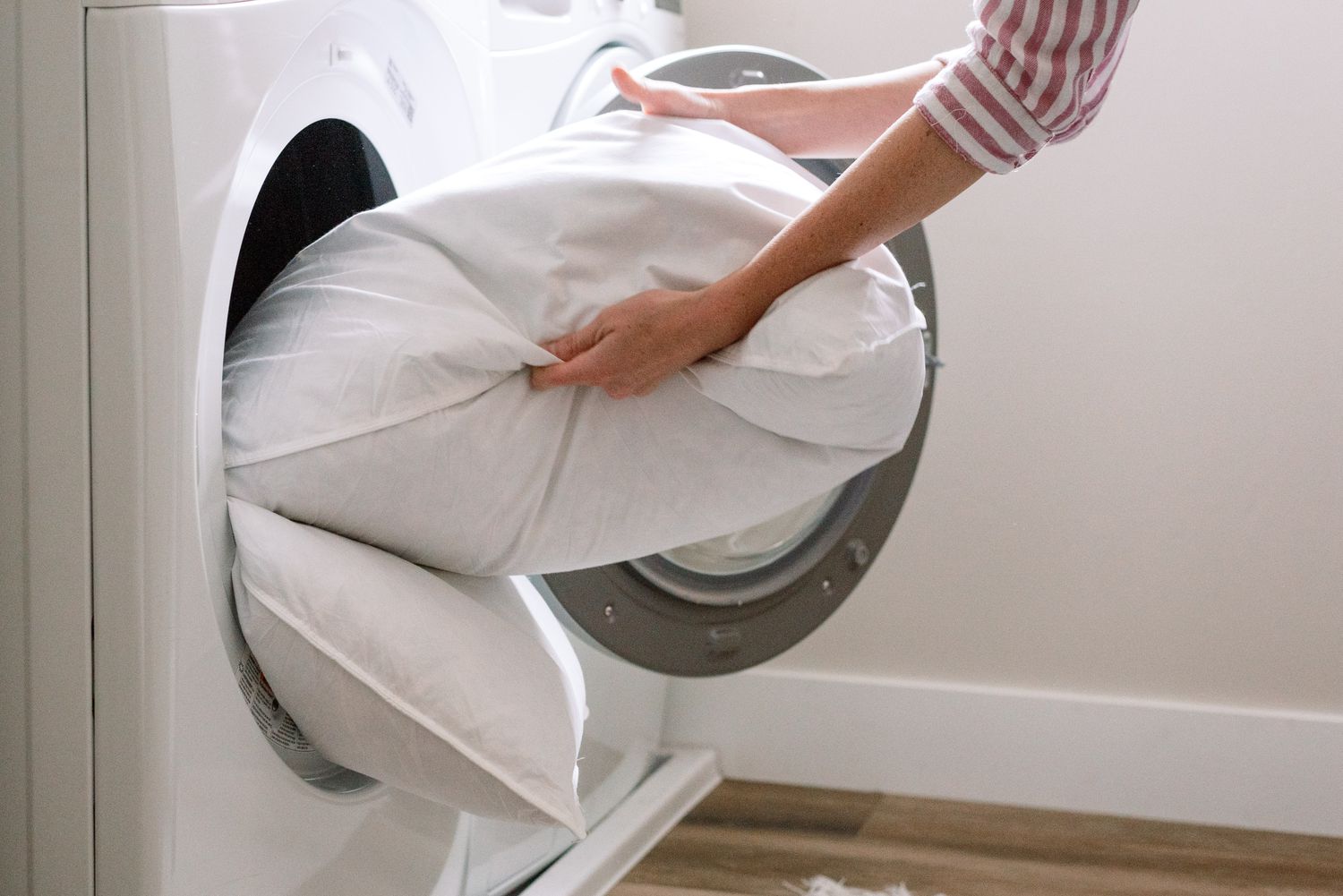

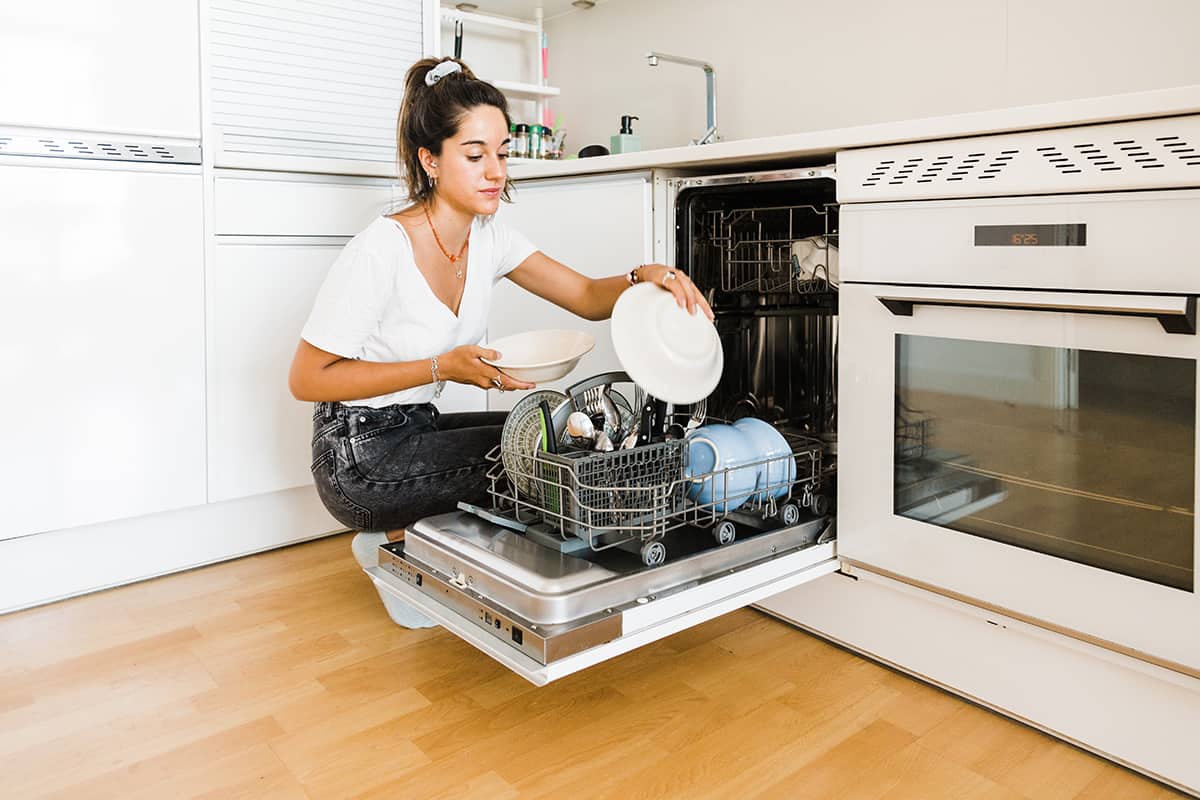
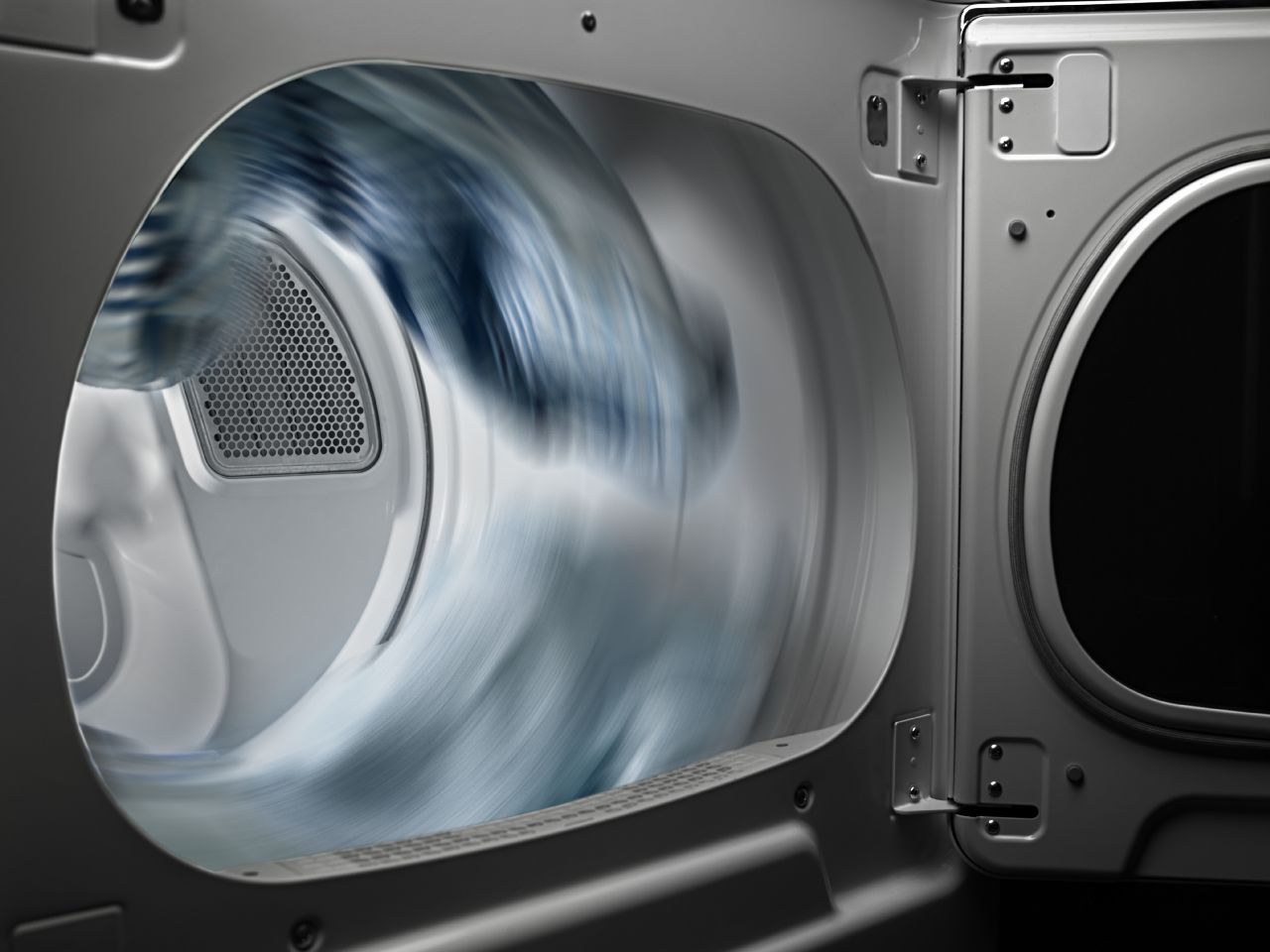

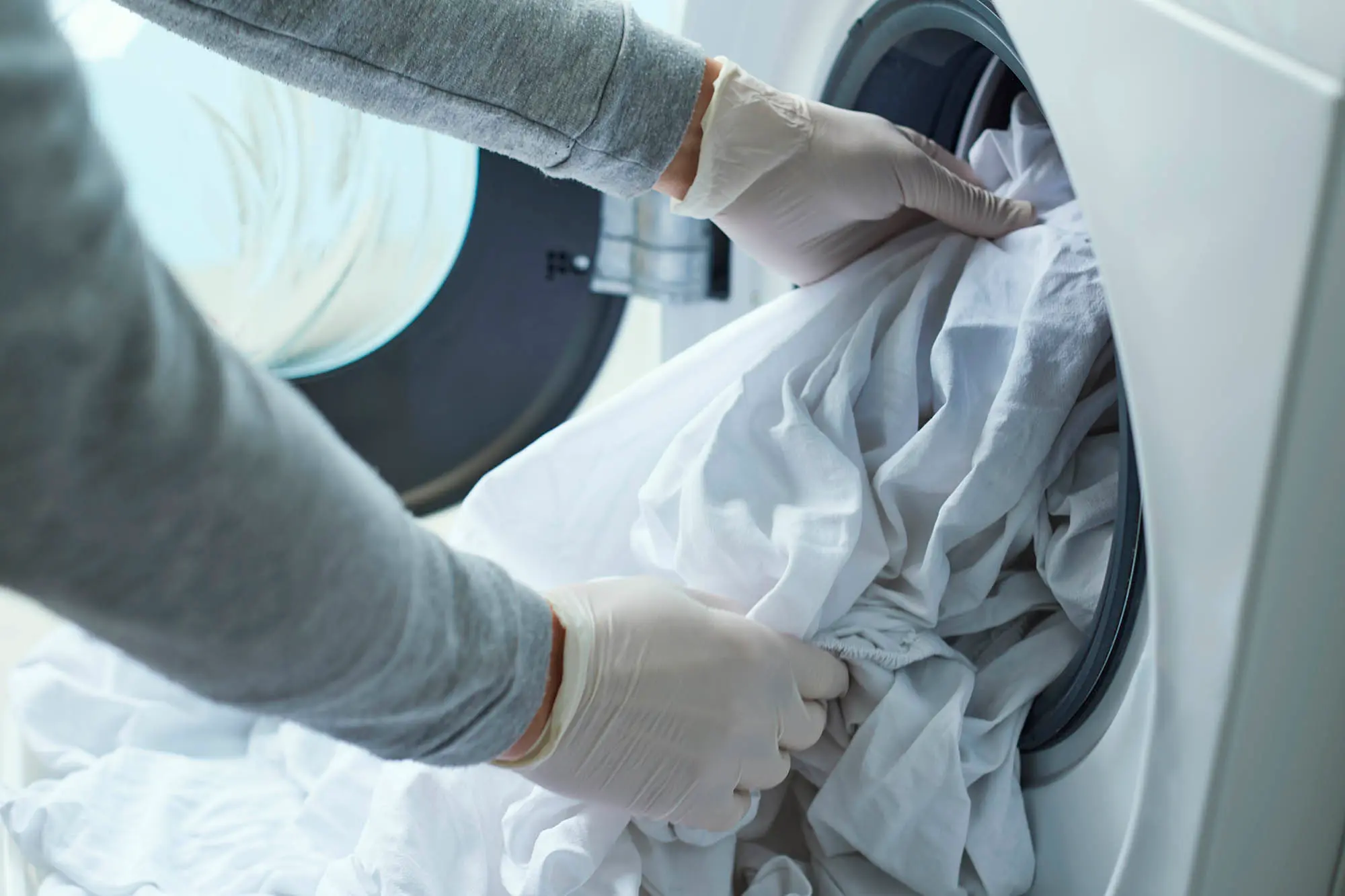
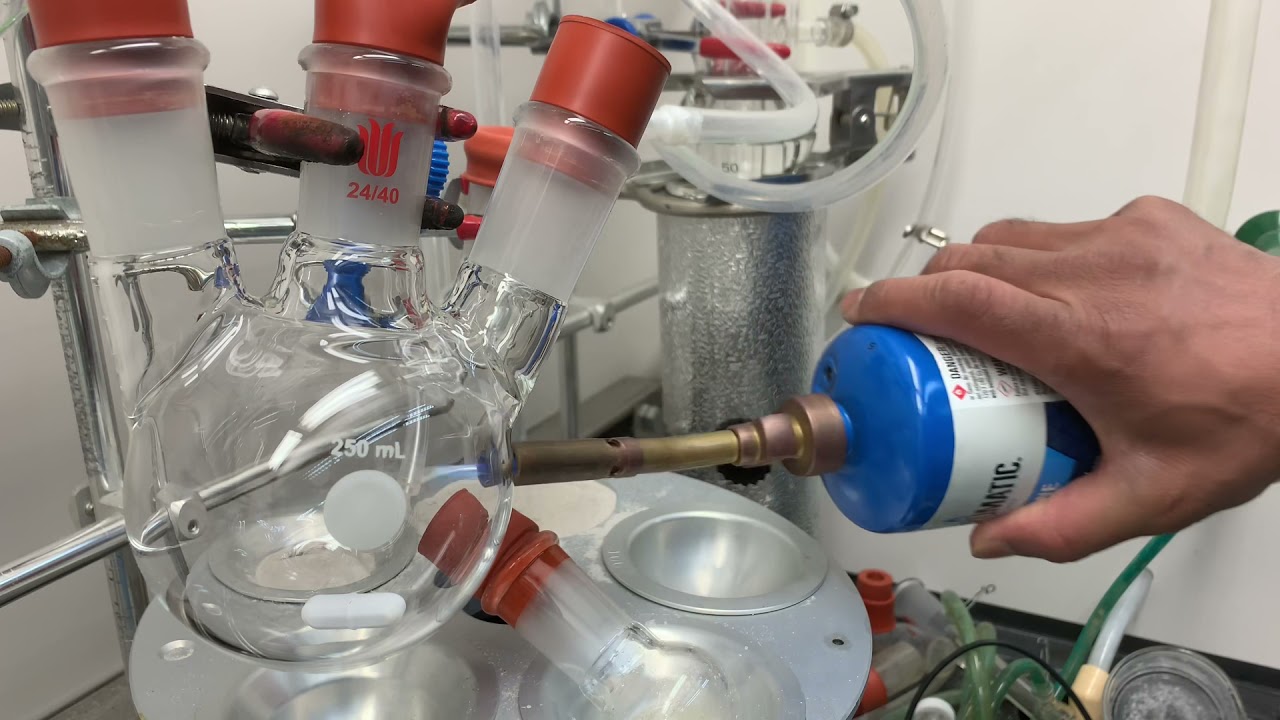
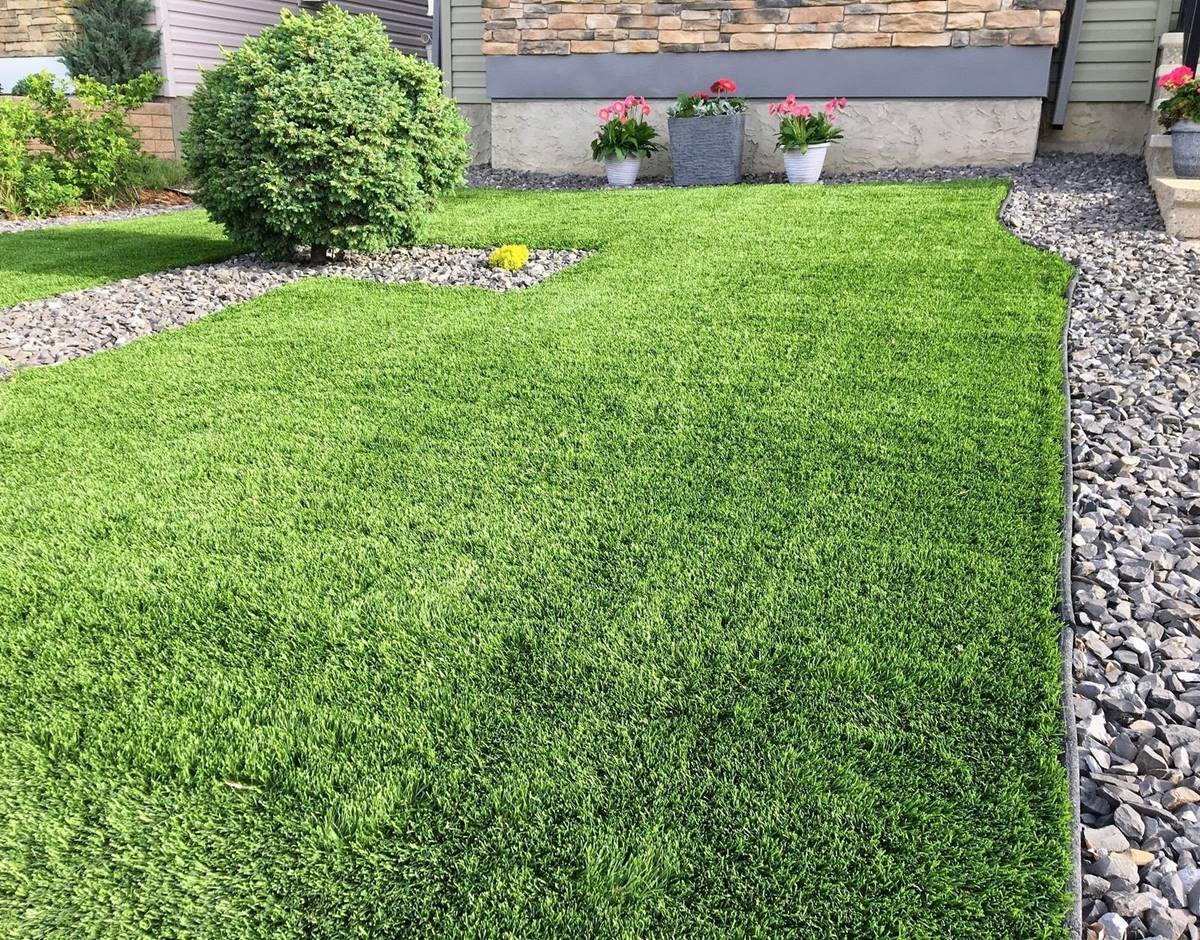

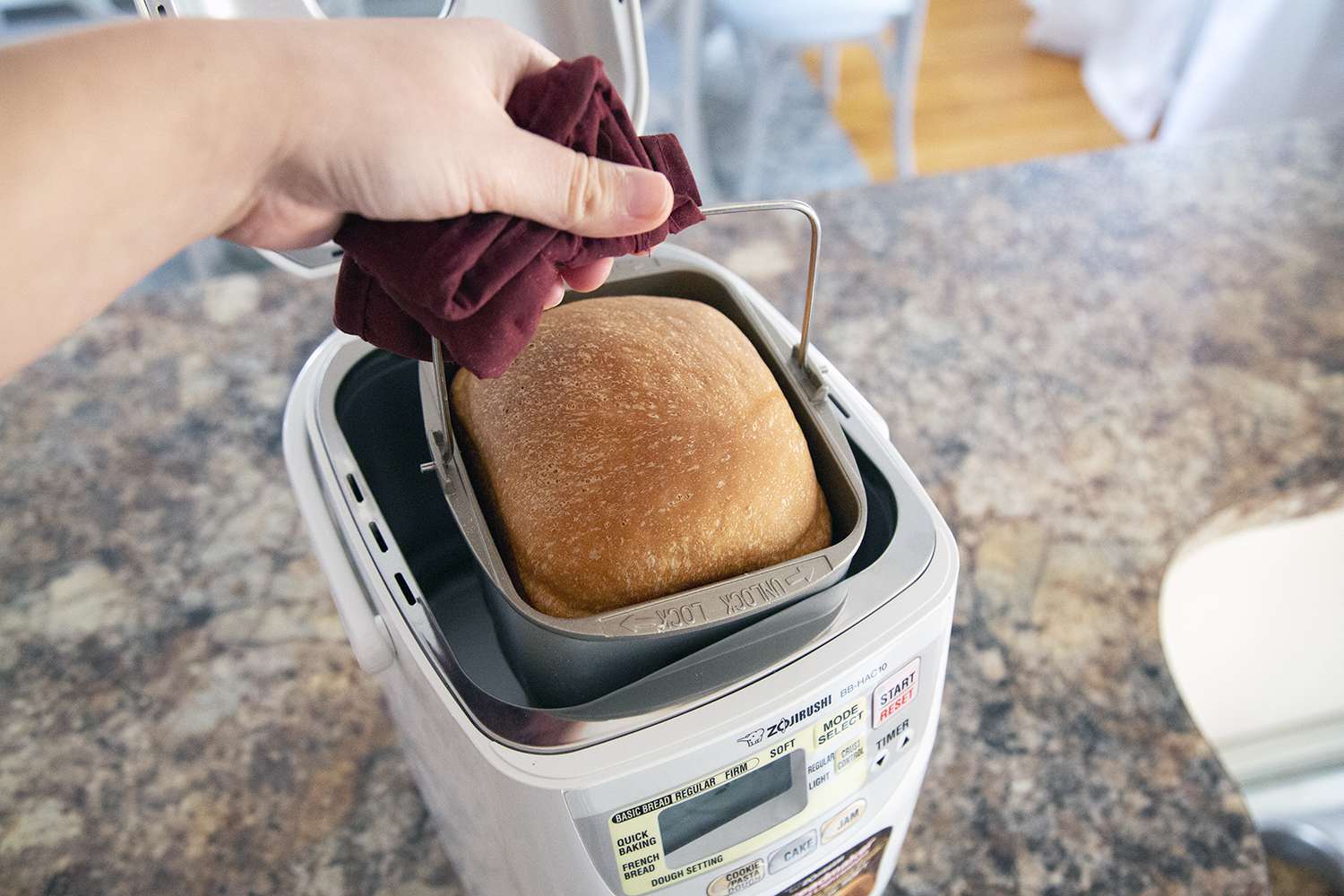


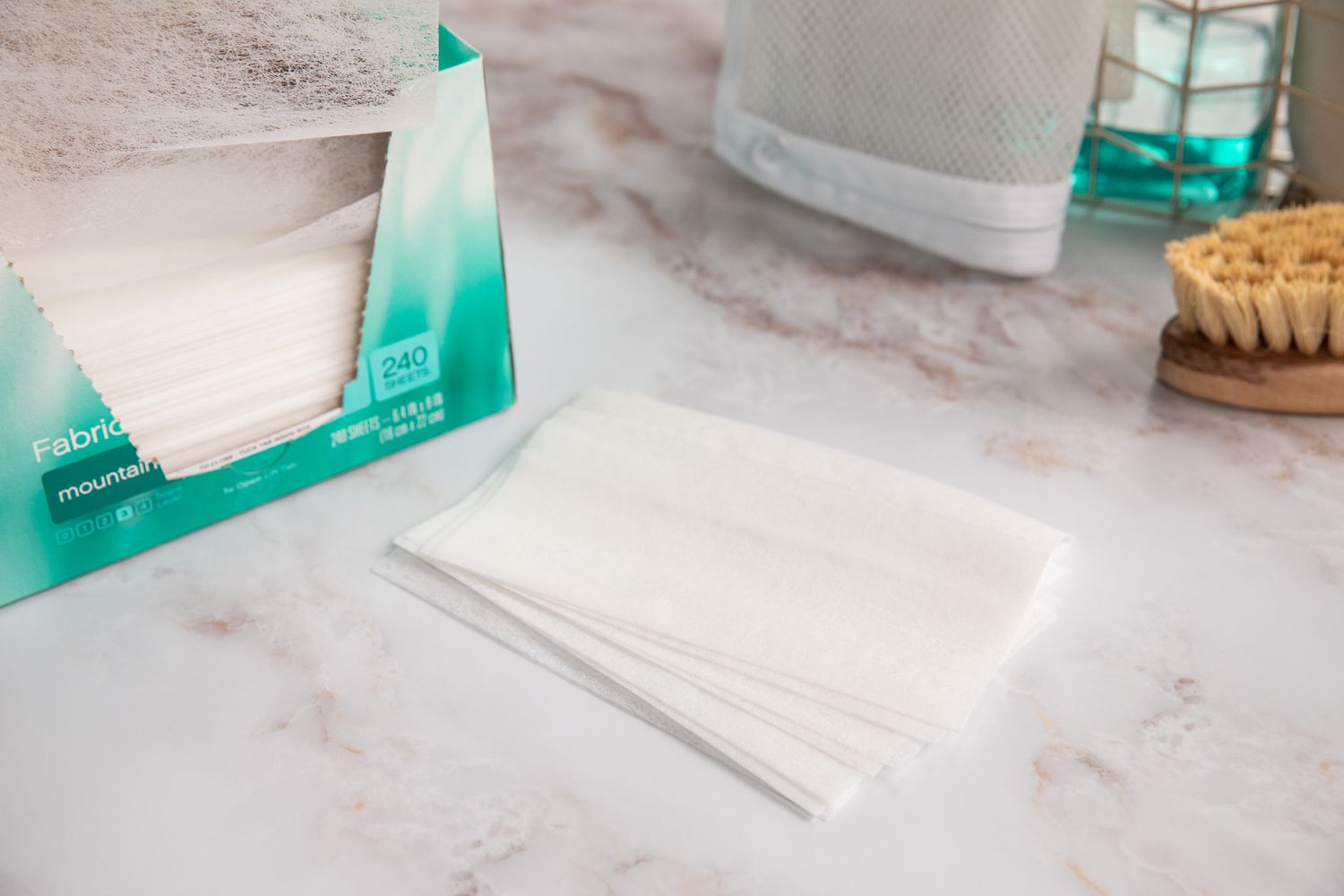

0 thoughts on “Why Is The Dryer Not Drying”